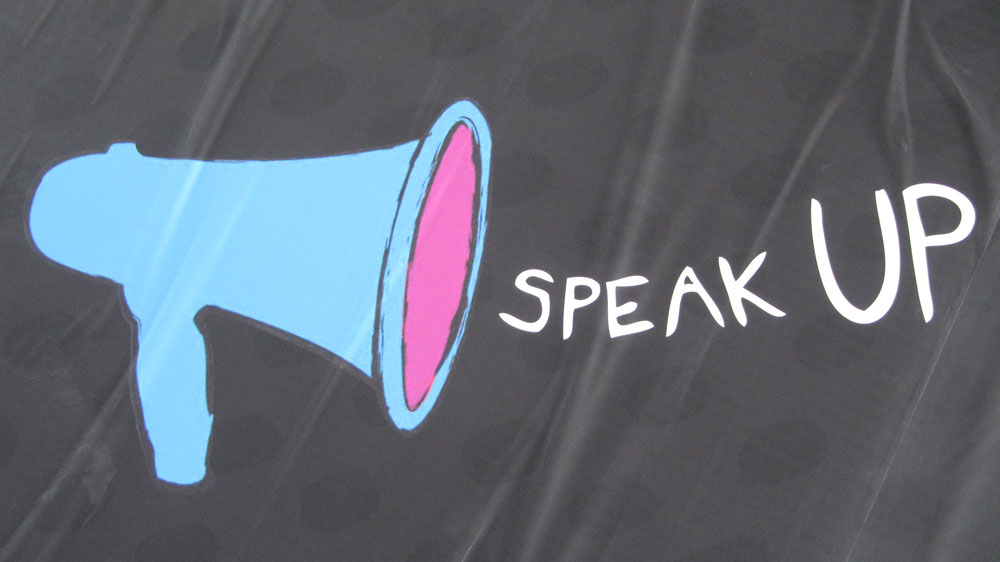
The riots at the US Capitol on January 6th served as a violent culmination to one of the most contentious presidencies in the nation’s history and threatened the country’s democratic institutions. If confirmed as attorney general, Judge Merrick Garland has promised to apply the full measure of the law on the insurrectionists responsible for a “heinous attack that sought to distrust a cornerstone of our democracy.” However, questions remain as to how we—as a society—got there to begin with.
Much has been said about the “extremist loop feed” of disinformation that influenced the rioters, but there is also the troubling data reported by National Public Radio showing that 14 percent of people charged for the riots—nearly one in seven— have a military or law enforcement background. Are veterans more prone to propaganda and recruitment from far right-wing groups? Should Americans be worried about the rise of violent extremism among veterans?
To find some answers, NPQ reached out to Jose Vasquez, executive director of Common Defense. Created in 2016 to oppose Donald Trump’s “corrupt agenda of hate,” Common Defense is a 501c4 organization that seeks to mobilize veterans and challenge the perception that the military is inherently conservative. On behalf of its diverse constituency of 210,000 members, it advocates for what it frames as peace, security, and justice issues ranging from ending the “Forever Wars” to demilitarizing police forces. As a 501c4, it also backs candidates who support its positions.
Having served in the US Army for 15 years, Vasquez observes that activists on the right have worked to co-opt many symbols related to patriotism—the flag, war memorials, the veteran community—since Ronald Reagan’s administration, giving the impression that all veterans are conservatives. But his experience is that veterans are much more diverse in their views than how they are often portrayed.
“We are parents, so we care about education, we care about housing, we care about health care,” he says. This is particularly true for women veterans—and specifically women veterans of color, who tend to be more progressive.
Indeed, the racial and gender diversity of the military has changed over the last four decades, influencing its overall political leanings. This change was corroborated in a poll conducted by AP VoteCast in 2018 that showed 60 percent of women veterans favored Democrats. In 2020, while Trump won a majority of military and veteran votes, the margin was relatively narrow, with 52 percent favoring Trump and 45 percent voting for Joe Biden—again demonstrating that soldiers and veterans are far from monolithic in their politics.
Sign up for our free newsletters
Subscribe to NPQ's newsletters to have our top stories delivered directly to your inbox.
By signing up, you agree to our privacy policy and terms of use, and to receive messages from NPQ and our partners.
There is a genuine concern, however, about white nationalist extremists infiltrating the military and police forces. Much of this was linked to a rise in white nationalist activity in general during the Trump administration, but there is also the question of a culture of unchecked racism within the military. In fact, a survey taken in 2019 of 1,630 active-duty Military Times subscribers found that 36 percent of troops responding have seen evidence of white supremacist and racist ideologies in the military, up from 22 percent the year before. When broken out by race, 53.5 percent of non-white troops said they had personally witnessed white nationalism or racism in the ranks of the military compared to 30.6 percent of white troops.
“It is not surprising that folks who served in the military would be susceptible to that sort of right-wing or fascist propaganda,” says Vasquez, who experienced ongoing discrimination while stationed at Fort Benning, Georgia. “My last name is Vasquez. There were two other guys in my squad who were both named Rodriguez, and my platoon sergeant would consistently say racial slurs to us, call us ‘taco benders.’ Just all kinds of vile stuff and give us the worst details or jobs. I mean, there were guys that had Confederate flags up in their barracks room, and no one batted an eye at that.”
Most veterans, said Vasquez, come from working-class backgrounds and have no college degree, making them easy for the military to recruit but also more susceptible to extremist right-wing propaganda. Many people who join the military, Vasquez relates, do so because they have been abandoned by society—people from small rural communities drowned out by big industrial farming, or people from the Rust Belt who lost jobs as conglomerates closed factories and moved industries overseas. For Common Defense, helping veterans make these connections is crucial. While many veterans’ organizations focus on direct services, such as fundraising for a wheelchair or building a ramp for a veteran’s home, Common Defense instead concentrates on long-term solutions.
“How do we change legislation to make life better for all people in wheelchairs? Not just veterans, right? We want to make sure that veterans understand they have a role to play in our political system and can be civically engaged,” said Vasquez.
He worries, however, that philanthropy has largely forgotten about veterans as an untapped pool of political power. The purpose of their signature program, the Veterans Organizing Institute, is to help veterans build on skills learned in the military to become exemplary grassroots community organizers. Part of the training includes understanding that larger-than-life movement leaders like César Chávez, Medgar Evers, and Howard Zinn were all military veterans.
“I think what’s more important is that they had experiences in the military that gave them a deep sense of ownership and citizenship, to then come home and fight for their own communities and make things better for the next generation,” Vasquez says. And when these well-trained, well-organized veterans speak up, people listen.—Sofia Jarrin and Carole Levine













